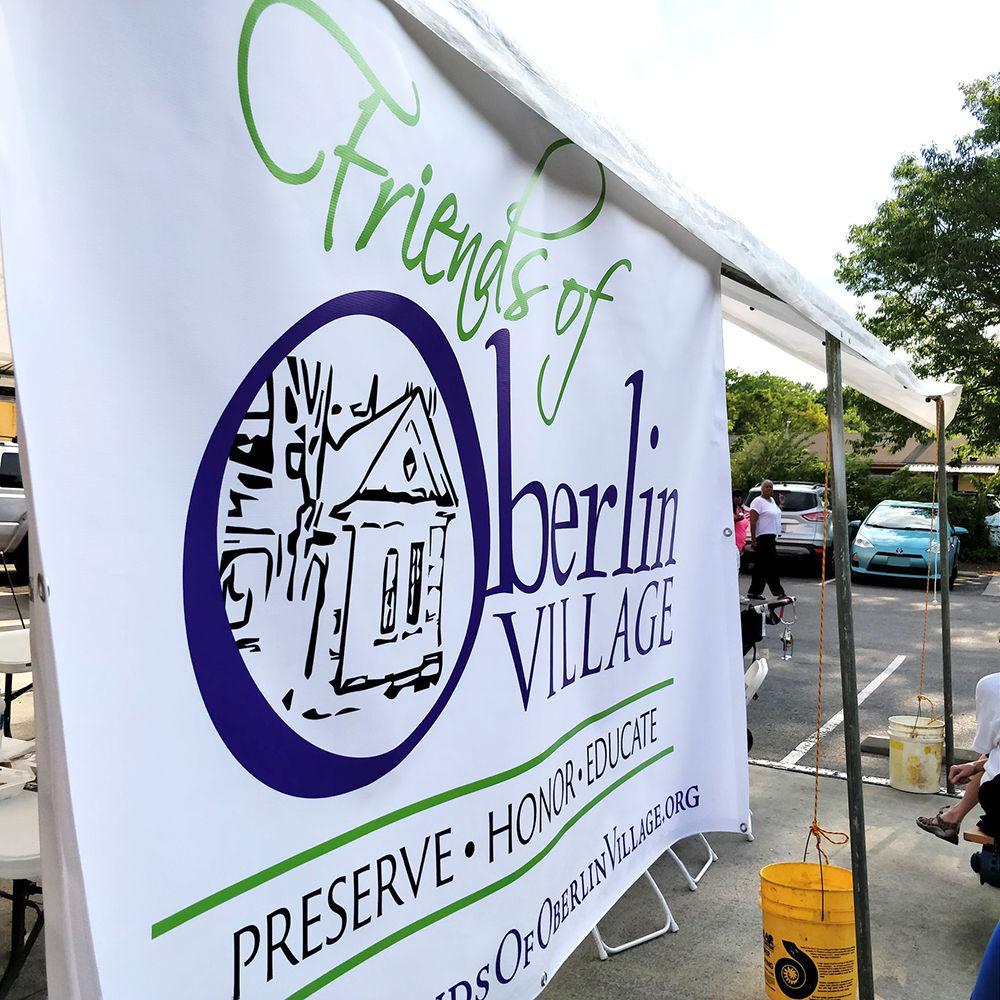Many people might think of funerals, late relatives or zombies when asked about a cemetery, but for Cheryl C. Williams, founding board member, education chair and cemetery steward for Friends of Oberlin Village (FOV), a non-profit with the goal to educate, preserve and honor the history of Oberlin Village, Oberlin Cemetery and the Oberlin Village area represent so much more.
“For me, the history is personal,” Williams said. “My family have been residents and workers in Oberlin since my great-grandfather, so that goes back to the 1800s. It gave me confidence growing up, and it gives me confidence now, that there is a place I know I can go where my family has been, worked and worshipped.”
Oberlin Village is a historic African American neighborhood founded in 1886, following the Civil War, which is currently located in and around Cameron Village, according to Williams. After its establishment, Williams said, Oberlin Village became home to approximately 160 families and stretched from Hillsborough Street to Glenwood Avenue, making it the largest African American community in Wake County. Many former residents of Oberlin Village have been buried in Oberlin Cemetery.
Twenty-four students in an Introduction to Public History class led by Katie Schinabeck, a Ph.D. student in public history, along with members of FOV, have collaborated to create an online exhibit to preserve the legacy of individuals buried in Oberlin Cemetery.
Schinabeck’s students were given the death registry for Oberlin Cemetery as a starting point for their project and were then tasked with filling in the blanks. Upon completion, Schinabeck’s students will submit their projects to FOV to be posted on their website as an online exhibit.
“We are trying to create this online exhibit that shows you that, if we start here with this one document, these are all the places we can go and all the research we can do about the history of this community from this one thing,” Schinabeck said. “We are trying to think about how we still do really good research. How do we implement primary sources and good solid secondary source research, and then put it into an exhibit label that people can get a lot from in 300 words?”
Schinabeck said the project is meant to challenge students to do good research and rely heavily on primary and secondary sources since the majority of the information needed by students was either documented poorly or not at all. The accumulation of the students’ research will then be compiled into a brief exhibit label for FOV.
“Public history is putting history to work in the world and doing work with history that is impactful to people and communities, so I really wanted my class to have experience where they were actually doing history where they could see exactly how it matters to people.”
Schinabeck said Alicia McGill, assistant history professor and member of FOV, referred her to Oberlin Cemetery. McGill said working with FOV, in efforts to preserve the local history and educate those in the community about Oberlin Village’s significance, has been incredibly meaningful for her.
According to McGill, Cameron Village was once part of Oberlin Village and was named Cameron after the family that owned the land. Duncan Cameron was one of the individuals who owned the greatest number of enslaved people before the end of the Civil War.
“Those are the certain nuggets of history that we often don’t hear about, and they make a difference, and they matter today,” McGill said.
McGill and Williams both emphasized the value of NC State students choosing to engage with their local history, calling it a win-win for students and the community, and they urge students who are interested to get involved with FOV.
According to Williams, FOV meetings are held on the fourth Monday of each month at Wilson Temple United Methodist Church and all are welcome.
People seeking more information about FOV or how to get involved may visit their website.








